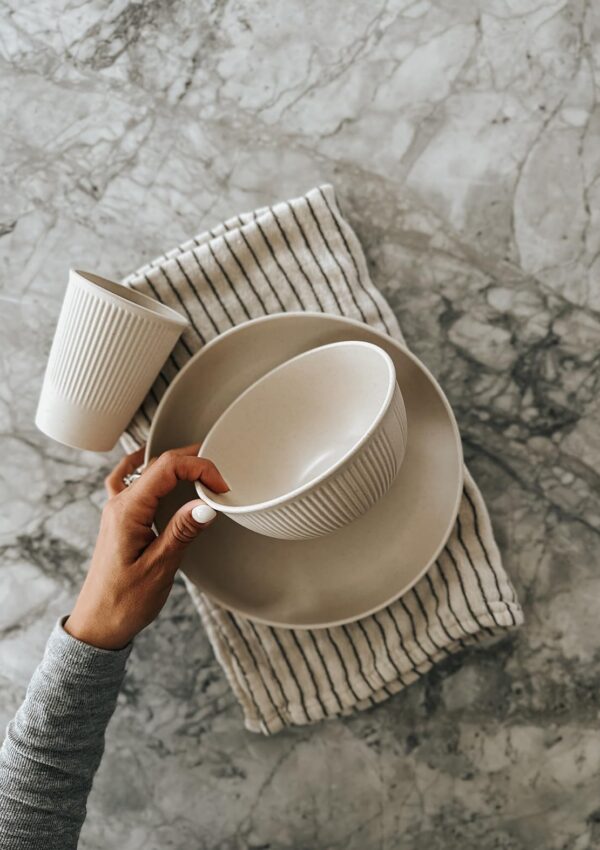
In today’s world, it’s easy for our homes to become overrun with toys. Every birthday, holiday, or even a trip to the store can result in a new addition to the toy collection. While toys play a vital role in your child’s development, too many can lead to clutter, stress, and an overwhelming environment for both kids and parents. Simplifying your child’s toys not only creates a more organized home but also fosters creativity, independence, and more meaningful play. Here’s a step-by-step guide to help you simplify your kids’ toys and create a happier, healthier space for everyone.
Step 1: Assess the Current Situation
Start by taking stock of all the toys in your home. Gather them from every room, including those that may have strayed to common areas. Spread them out so you can see the full extent of the collection. This visual representation can be quite eye-opening and will help you realize how many toys your children actually have.
Step 2: Sort and Categorize
Once you have all the toys in one place, begin sorting them into categories. Common categories might include:
- Building Blocks (e.g., LEGO, Mega Bloks)
- Stuffed Animals and Dolls
- Art Supplies (e.g., crayons, markers, paper)
- Outdoor Toys (e.g., balls, bikes)
- Puzzles and Board Games
- Electronic Toys
This categorization will help you see where there may be excess and identify any duplicates.

Step 3: Purge the Excess
It’s time to make some tough decisions. Use the following criteria to help decide which toys to keep and which to let go:
- Condition: If a toy is broken, missing parts, or has seen better days, it’s time to let it go.
- Age Appropriateness: Donate or store toys that your child has outgrown.
- Frequency of Use: If a toy hasn’t been played with in months, it might be time to pass it on.
- Sentimental Value: It’s okay to keep a few special items, but try to limit this to a select few.
Consider donating gently used toys to charities, shelters, or preschools. This can make the process feel more positive and teach your children about giving to others.
Step 4: Organize and Store
With your curated selection of toys, think about how to best organize and store them. Here are some tips:
- Accessible Storage: Use open shelves, clear bins, and labeled baskets to keep toys visible and within reach. This encourages independent play and makes clean-up easier.
- Rotation System: Implement a toy rotation system where only a portion of the toys are available at any given time. Store the rest and periodically swap them out. This keeps playtime fresh and exciting without the need for more toys.
- Dedicated Play Areas: Designate specific areas in your home for play. Having a defined space helps contain the toys and makes it easier to keep the rest of your home tidy.
Step 5: Teach and Maintain
Involve your children in the process of simplifying their toys. Explain why it’s important and how it benefits them. Teach them how to tidy up and where each toy belongs. Establish regular routines, such as a nightly clean-up before bedtime, to maintain the organization.
Benefits of Simplifying Toys
- Less Clutter: A more organized home reduces stress for everyone.
- Enhanced Creativity: Fewer toys mean children can focus better and use their imagination more.
- More Meaningful Play: With fewer options, kids tend to play longer and more deeply with each toy.
- Easier Clean-Up: Less mess makes tidying up quicker and more manageable.
- Appreciation: Children learn to value and take better care of their possessions.
SHOP THE BOY’S ROOM PICKS
Thank you so much for being here! Comment down below any simplifying system you have for toys!






